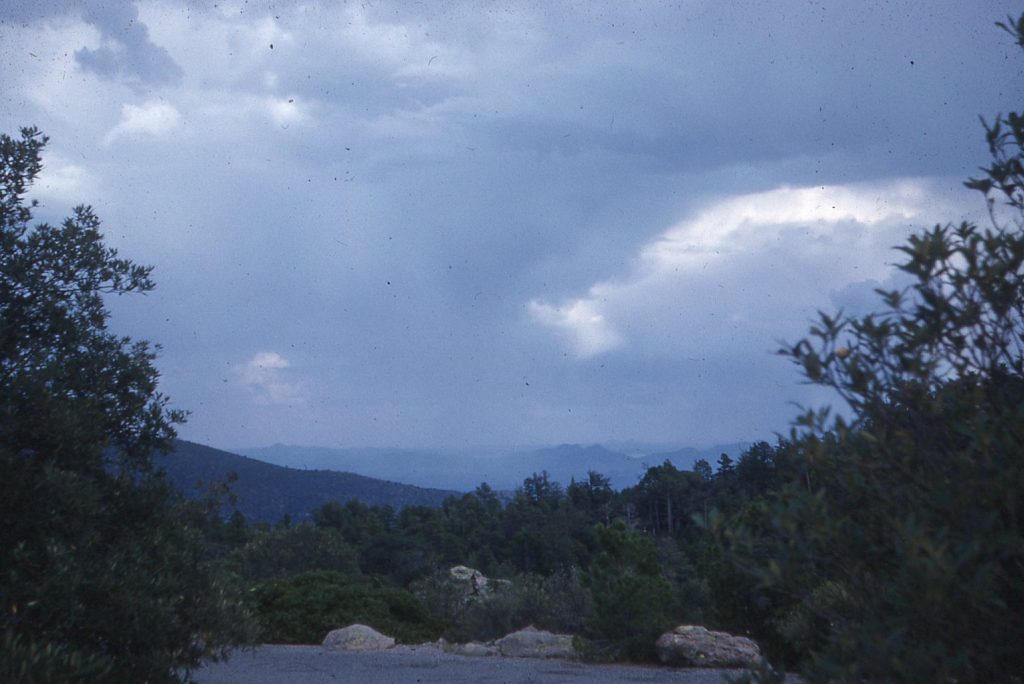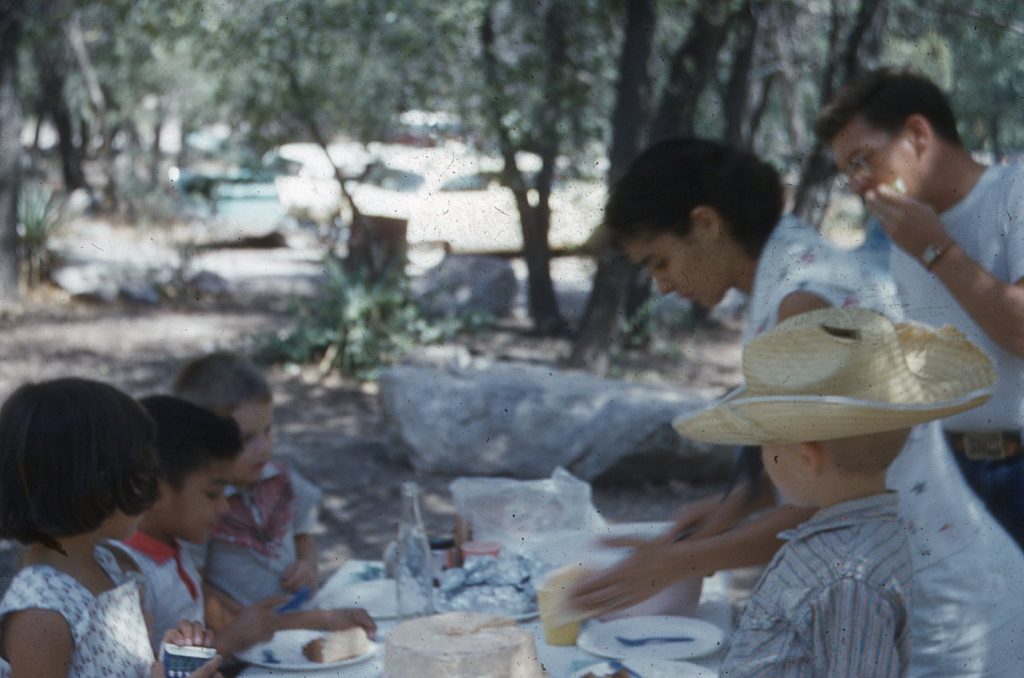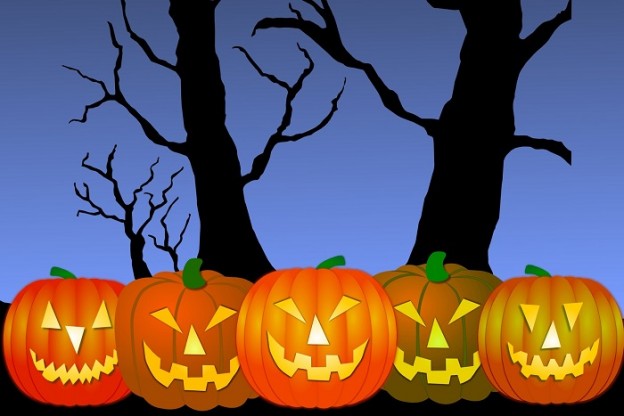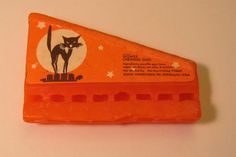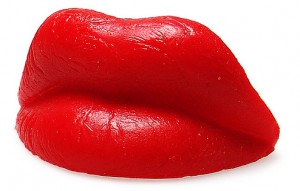In the Spring a young man’s fancy lightly turns to thoughts of love.
From “Locksley Hall” by Alfred, Lord Tennyson
And when very young, to that which cannot nor should ever be.
Dr. Dave
When I was in the fourth grade I had a terrible crush on Jeannie, a blond, blue-eyed girl to whom I pledged my eternal undying love. Her twin sister, Carolyn, was a gangly brunette with glasses and braces. She was in that awkward stage through which some girls are destined to suffer and just didn’t hold the same fascination. As a callous and superficial nine-year-old kid, I saw Jeannie as beauty idealized – a living Barbie doll. Which, as most of us learn as we get older, is one of the worst criteria on which to base a relationship.
In my mind I would walk her home, hand in hand, and gently brush her lips with mine before she disappeared into her house. I would protect her from the slings and arrows of playground torment. I would be hers forever, and she, mine.
The only problem was she had no idea any of this was supposed to happen. We’d never had even a brief conversation in passing because I was too terrified to say anything. The best I could hope for was catching a glimpse of her as I rode my bike past her house, which worked out only once in two years.
Donna, the only girl I ever talked to, was more like a sister to me. We’d walk the block or so to her house and talk of simple things, much like two very good friends. Many of my adult relationships with women would follow the same two separate tracks of friend or love interest, something I’ve recognized only as I write this.
I continued to pine for Jeannie during fifth grade. She liked to play jacks with the other girls (go look it up, kids) so I bought her a set for Christmas – ten little metal spikes and a small rubber ball attached to a cheap piece of cardboard. I wrapped it and the next day unceremoniously shoved the package into her hands. “Here,” I said before turning away, avoiding the inevitable rejection.
My infatuation with Jeannie was potentially far more dangerous. I knew racial differences existed in the mid-1960s – when I was five years old a playmate’s grandmother called me a “little black liar” after a minor skirmish – but I was blissfully unaware that a poor Puerto Rican kid with kinky hair had no business being even remotely interested in a nice, middle-class white girl. I did not know that less than ten years previously a young African-American boy named Emmitt Till was savagely beaten to death in Mississippi for allegedly whistling at a white woman. I might have become St. David the Naïve, martyred for stupidity, were it not for being tragically socially inept. We moved to another school district two months into sixth grade and I never saw Jeannie again.
Make me feel the wild pulsation that I felt before the strife,
When I heard my days before me, and the tumult of my life;
Tennyson
Love may be deaf, dumb and blind, but karma has a wry sense of humor.
Dr. Dave
There was another blond girl in my new class. Anita was, as older folks would say, cute as a button: short hair; small, upturned nose; fair skin and bright, smiling eyes. Had I been paying attention I might have noticed, but avoiding further humiliation took priority.
A few days before school let out for the summer, our sixth-grade teacher, Mrs. Jackson, organized a class trip to the Chiricahua National Monument, a “Wonderland of Rocks,” about two hours from Bisbee. That morning we gathered at the playground with our sack lunches where Mrs. Jackson and a few volunteer moms herded us into their cars. I felt honored to be invited into the back seat of Mrs. Jackson’s station wagon.
We headed out Route 80 to Double Adobe Road, memorable for the frequent, gut-dropping dips in the otherwise straight and boring black top. My family had made the drive a couple of times in our navy blue ’60 Chevy Biscayne, with the wide flat fins and the trunk that could hold at least a couple of bodies. My stepfather loved to take those dips at speeds far greater than the snail’s pace I was used to in town. From there we picked up US 191 North, passing through McNeal and Elfrida, then east on Arizona SR 181 until we turned on to Bonita Canyon Road and into the park.
The road rises gently for a few miles and Bonita Creek flows past the roadside picnic area where we stopped. We ate lunch, waded through the icy water and explored some of the trails. One girl cut her foot on a sharp rock in the creek and I cleaned it with alcohol I’d brought, figuring it might come in handy.
As we were getting ready to leave, Anita came up to me and, out of the blue, said, “You know, I really like you.” As with Jeannie, we’d never spoken a word to each other (or at least that is what I remember), but now the shoe was on the other foot and I was stunned. Any flattery I might have felt was completely overwhelmed by sheer terror and I said nothing. It’s only now that I realize my lack of response probably hurt her feelings, and for that I’m sorry.
Truly, youth is wasted on the young.
I acquired a Bisbee High School yearbook during a trip back to Arizona in 1972. Carolyn, Donna and Anita had become lovely young women. Jeannie was the All-American girl; I would not have been surprised if she’d been elected Prom Queen. Some of the guys I’d known in grade school, on the other hand, hadn’t quite gotten their edges smoothed out. Ricky, the class clown whose twin sister once yelled, “Sit down, Junior!” in class, wore sunglasses for his yearbook picture; he might have had a future in stand-up comedy.
Knowledge comes, but wisdom lingers, and he bears a laden breast,
Full of sad experience, moving toward the stillness of his rest.
Tennyson
What he said.
Dr. Dave
More than half a century later I can only imagine what happened to them. Maybe they all got married, had kids and grandkids, and lived happily ever after. Or maybe, like most of us, the joys were enough to withstand the inevitable pain and sadness that occasionally tests even the best relationships. I’ll never know, and some things are best left undisturbed.
But wherever you are, thanks for the memories.
Spring flowers © Can Stock Photo / sborisov

